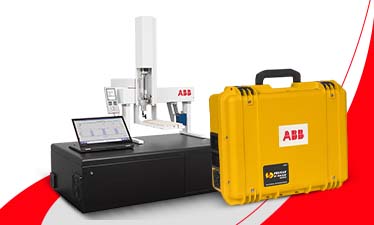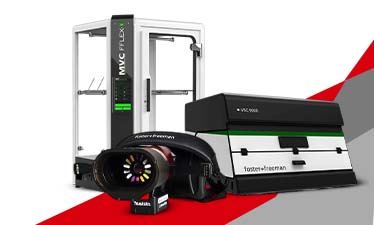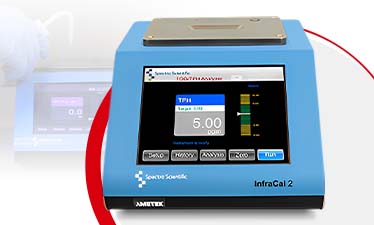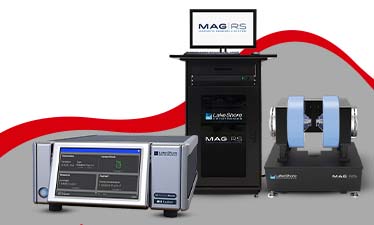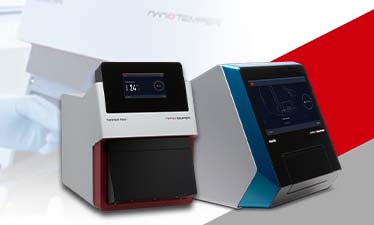Spectroscopic Analysis: Raman and LIBS
There have been many technological advancements over the decades that have enhanced the spectroscopic techniques that were previously used. For broader projects that have the objective to investigate samples and objects of cultural heritage, utilizes the use of a hybrid unit that combines two spectroscopic techniques - Raman and LIBS.
But before we go on to discuss such analyzer, let us understand the two spectroscopy techniques respectively. Keep reading till the end to learn about Raman spectroscopy and LIBS (Laser induced breakdown spectroscopy) respectively.
Raman Spectroscopy
It is a non-destructive chemical analysis technique that offers detailed information about chemical structure, polymorphy and phase, crystallinity and molecular interactions. It involves the interaction of light along with chemical bonds within a material.
Raman Spectroscopy includes scattering of light whereby a molecule scatters incident light from a light source that is high intensity. Most of the light scattered has the same wavelength (or color) as the source of the laser and doesn’t offer useful information - known as the Rayleigh Scatter.
But a small amount of light is scattered at varied wavelength and color which is based upon the analyte’s chemical structure and this is known as Raman Scatter. Essentially, the Raman Spectroscopy technique is used to probe the chemical structure of a material and obtain the following information about -
- Phase and polymorphism
- Chemical identity and structure
- Intrinsic strain/stress
- Impurity and contamination
Basically a Raman Spectroscopy is a unique chemical fingerprint for a specific material or molecule and can be used to rapidly pick the material’s identity or distinguish it from the others.
Laser Induced Breakdown Spectroscopy (LIBS)
It is a rapid chemical analysis that utilizes a laser pulse technology to form a micro-plasma over the surface of the sample. The LIBS analytical technique aims to provide a range of advantages in comparison to other elemental analysis techniques. These are -
- Does not involve sample preparation for the measurements
- Rapid measurement time, typically a few seconds, from a single spot analysis
- Vast elemental coverage, involving lighter elements such as Na, Mg and more
- Flexible sampling protocols that involves quick raster of the sample surface and depth profiling
- No worry of substrate interference with thin-sample analysis
LIBS is applicable for a broad range of sample matrices that comprises metals, glasses, semiconductors, insulators, biological tissues, plastics, thin-paint coating, electronic materials and more.
CORALIS - the Combined Raman-LIBS Analyzer
The CORALIS system is a high-performance unit that combines the two complementary spectroscopic techniques LIBS and Raman. With high-quality sample imaging, pre-selected measurement positions are analyzed either with LIBS or Raman or with both methods applied sequentially.
This type of combined spectroscopic techniques analyzer is proven to be beneficial for a variety of applications especially in the fields of technical cleanliness, forensics, particle analysis and many more. Due to the system’s unique capabilities for imaging, molecular and elemental analysis, this unit is able to offer value-adding performance.
Its unique two-wing echelle spectrometer forms the core part and is capable of delivering large range, high resolution and high light-throughput on an unparalleled level.




